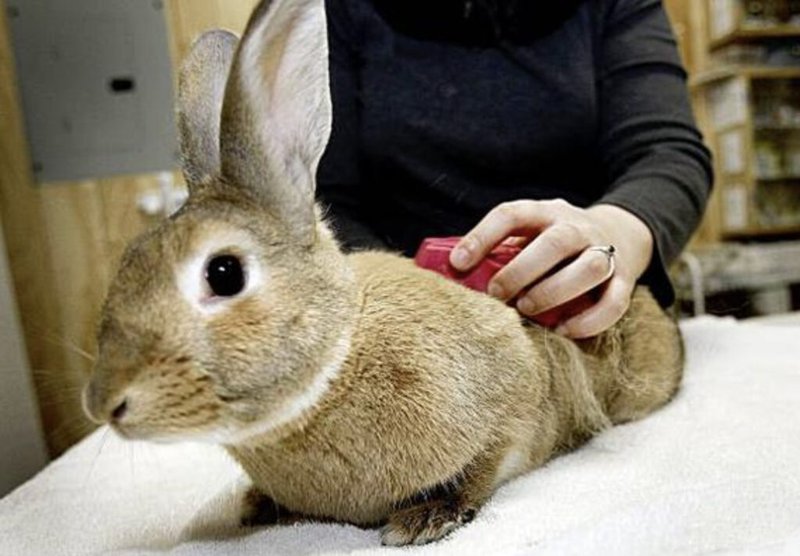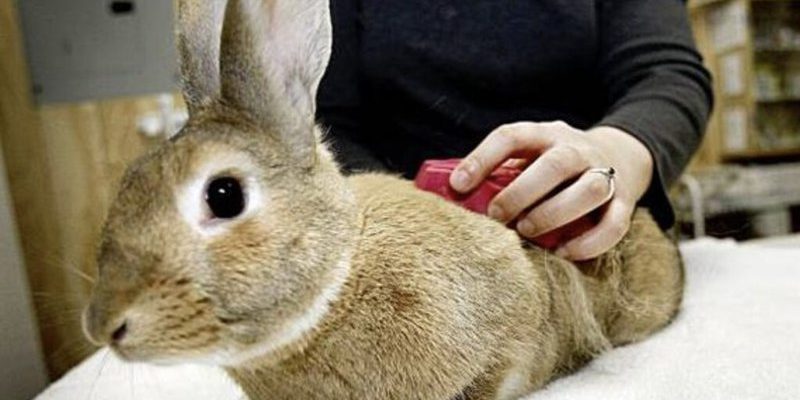
Grooming your rabbit isn’t just about keeping them looking cute (though that definitely helps!). It’s about their health and well-being, too. Regular grooming helps prevent skin issues and keeps their fur clean and free of mats, while proper handling makes them feel secure in your presence. Let’s dive into some essential grooming and handling tips that will benefit both you and your Dutch rabbit.
Understanding Your Dutch Rabbit’s Coat
Let’s start with the basics: the coat of a Dutch rabbit. Known for their striking color patterns and soft fur, Dutch rabbits usually have short to medium-length hair. While this makes them less prone to matting compared to long-haired breeds, they still need care. You might be wondering, “How often do I need to groom them?” Generally, a good rule of thumb is to brush them at least once a week.
During shedding season, which typically happens in spring and fall, you’ll want to increase grooming sessions to every few days. Think of it like changing the oil in your car; regular maintenance prevents bigger problems down the road. When you brush them, use a soft bristle brush to remove loose hair and debris. This not only keeps their coat looking good but also helps reduce the amount of fur floating around your home.
Choosing the Right Tools for Grooming
Okay, let’s talk tools. Just like a chef wouldn’t cook without their knives, you can’t groom your rabbit without the right equipment. Essential grooming tools include:
- Brush: A soft bristle or slicker brush works wonders.
- Comb: A fine-toothed comb can help with tangles.
- Nail clippers: Small animal clippers or human nail clippers can do the job.
- Rabbit-safe bathing supplies: If needed, use a damp cloth for spot cleaning.
Invest in quality tools to make the process smoother. Using the right tools not only makes grooming quicker but can also make the experience more enjoyable for both you and your rabbit. Trust me; your bunny will appreciate a painless grooming session!
How to Bathe a Dutch Rabbit (if Necessary)
You might think, “Do rabbits really need baths?” The short answer is no, but there are rare occasions when a bath might be necessary. For example, if your rabbit gets into something sticky or smelly that a simple brushing can’t fix. Here’s how to approach it:
1. Gather Supplies: You’ll need a shallow tub, rabbit-safe shampoo, and towels.
2. Warm Water: Fill the tub with a few inches of warm (not hot) water.
3. Wet the Fur: Gently wet your rabbit’s fur while avoiding their face and ears.
4. Shampoo: Apply a small amount of rabbit-safe shampoo and lather up. Rinse carefully.
5. Drying Off: Wrap your rabbit in a towel and gently pat them dry. Avoid using a hairdryer as it can scare them.
Always keep in mind that most rabbits hate water, so this should be a last resort. If your bunny seems stressed, consider spot cleaning instead. Here’s the thing: you want grooming to be a positive experience, not something that fills them with dread.
Handling Your Dutch Rabbit with Care
Handling your Dutch rabbit might be one of the most rewarding parts of owning one, but it requires finesse and understanding. When you first bring your rabbit home, let them get used to their new environment. Rushing in to scoop them up might cause stress, so be patient.
Start by letting your rabbit come to you. Sit quietly near their space, offering treats or simply talking softly. Once they seem comfortable around you, it’s time for gentle handling. Always scoop your rabbit up with both hands—support their hindquarters and back. This mimics how a mother rabbit would carry them, making them feel secure.
If you hold them too tightly or in an awkward position, it can lead to fear or anxiety. Always watch for signs that they’re uncomfortable—these can include thumping, kicking, or trying to escape. The goal is to create a bond where your rabbit feels relaxed and trusts you.
Signs of Stress in Your Rabbit
Just like us, rabbits can experience stress. It’s important to recognize the signs to ensure your Dutch bunny remains happy and healthy. Stress can manifest in various ways, including:
- Thumping: A sign of distress or fear, they might thump their hind legs to warn others.
- Hiding: If your bunny suddenly retreats to their hiding spot, they could be seeking comfort.
- Loss of appetite: Not eating or drinking as usual can be a red flag.
- Excessive grooming: Over-grooming can be a sign of anxiety or boredom.
If you notice any of these signs, it’s time to reassess your rabbit’s environment. Are they feeling safe? Do they have enough stimulation? Making adjustments to their space, playtime, or even your handling techniques can make a big difference.
Creating a Comfortable Grooming Environment
Setting the scene for grooming can go a long way in making the experience positive. Think about it: would you want to be groomed in a noisy, distracting place? Obviously not!
Create a calm and cozy area that’s free from distractions. Use a quiet room where your rabbit can feel secure. You might even want to lay down a soft blanket or towel to make the spot feel welcoming. If your rabbit enjoys it, keep a few favorite toys nearby to distract and comfort them.
Being patient and gentle while grooming your rabbit helps build their trust in you. Over time, they’ll associate grooming with positive vibes and might even look forward to it. This is all about fostering a loving relationship with your fluffy friend.
Regular Vet Check-Ups and Health Monitoring
Lastly, don’t forget about regular vet check-ups! Just like you go to the doctor for routine visits, your rabbit needs these, too. During these visits, the vet will check your rabbit’s coat condition, dental health, and overall well-being.
Monitoring your rabbit’s health at home is equally crucial. Keep an eye on their eating, drinking, and litter box habits. If you notice any changes, don’t hesitate to contact your vet. Early detection of health issues can make a big difference for your Dutch rabbit.
In the end, grooming and handling your Dutch rabbit comes down to love and care. By following these tips, you’re not just keeping their coat shiny and their nails trimmed; you’re building a bond that will last a lifetime. Enjoy the moments spent together—those are what truly matter!

